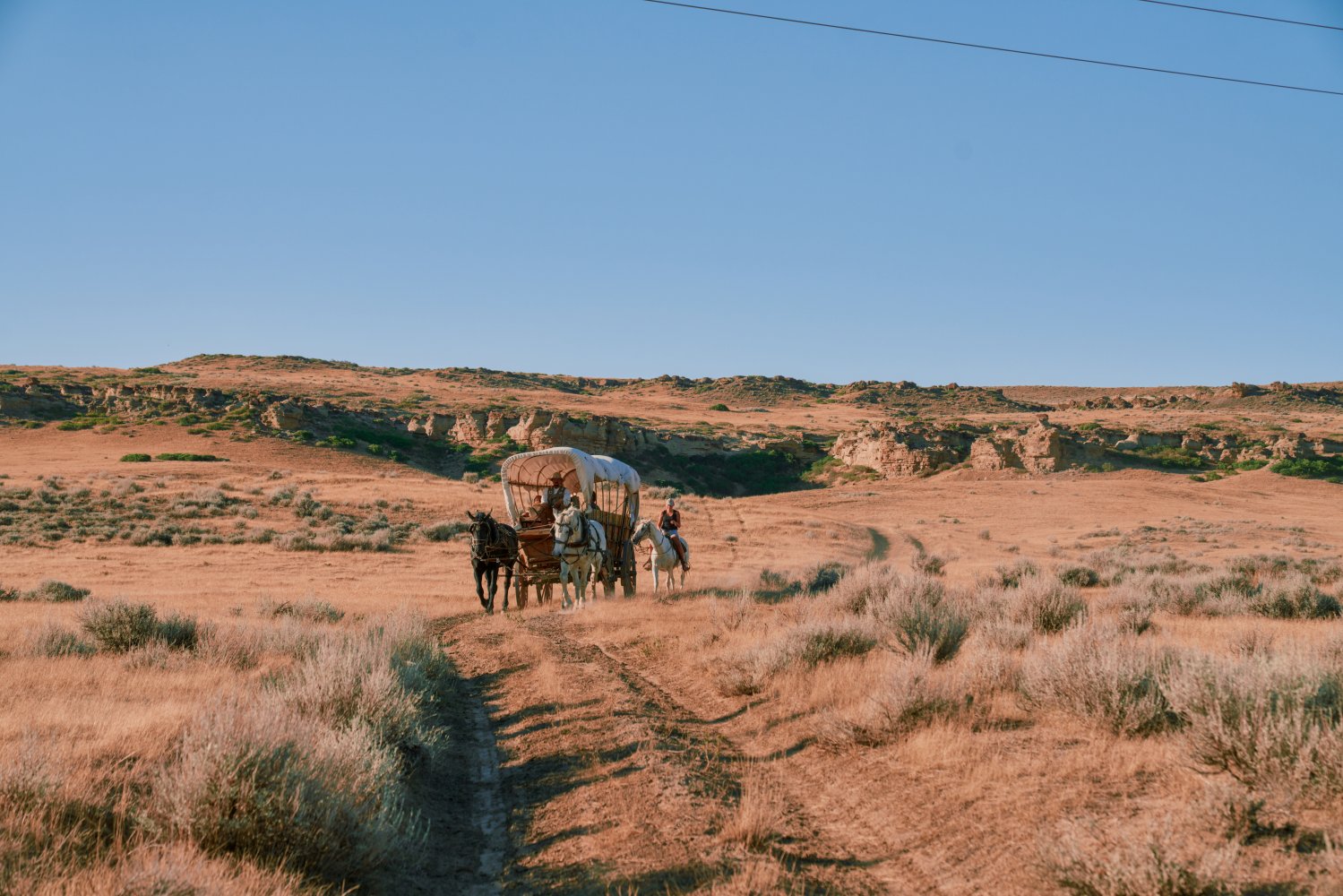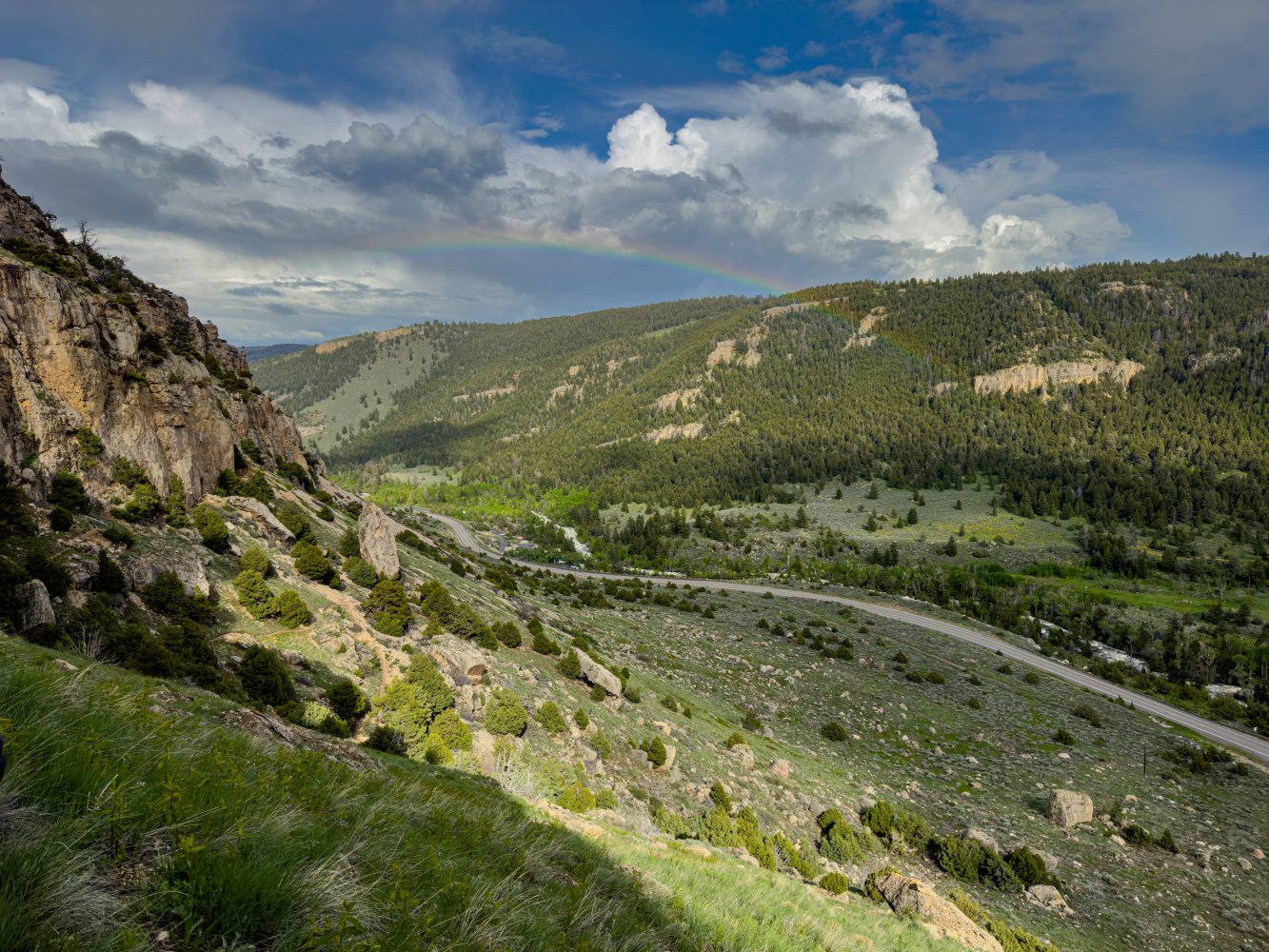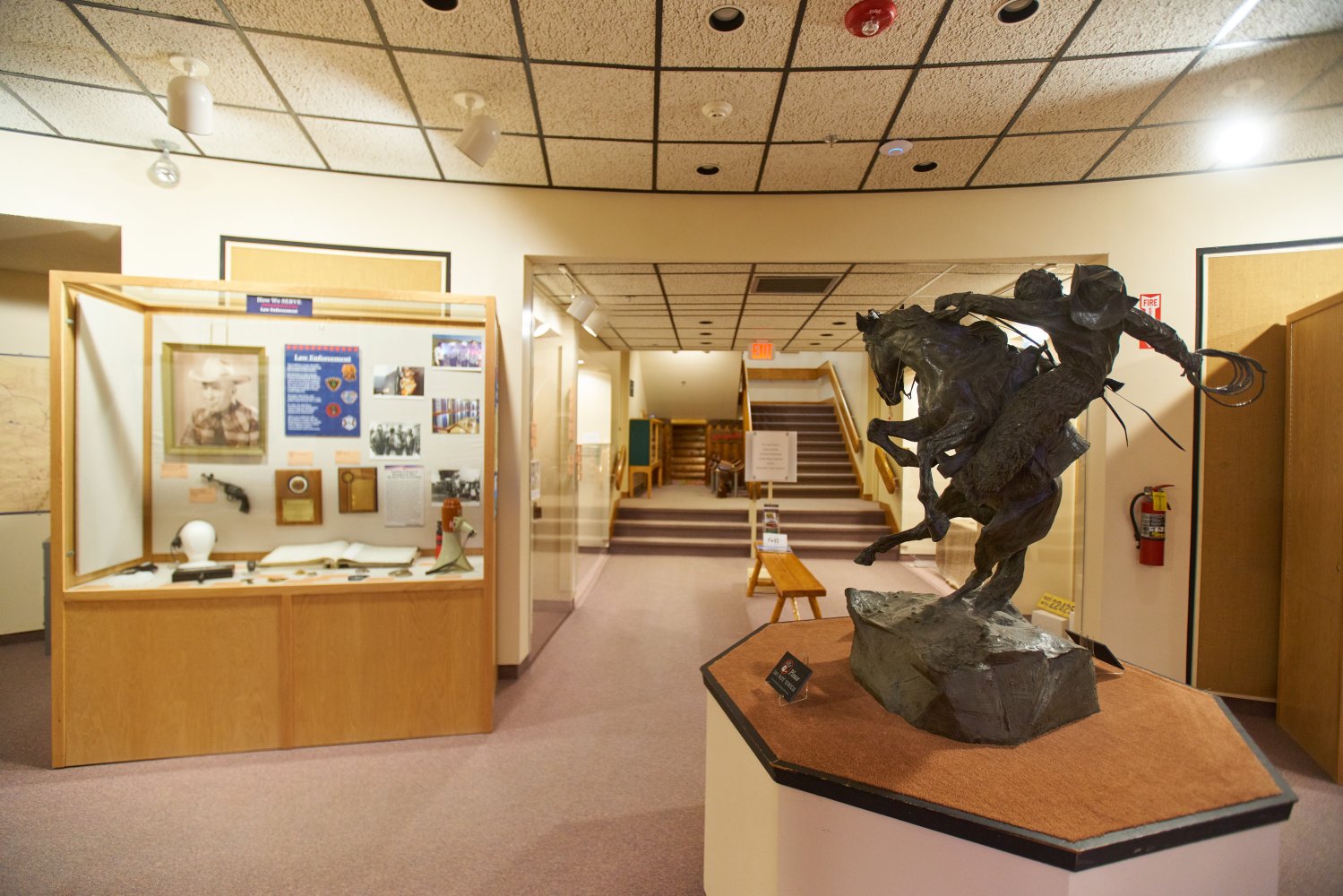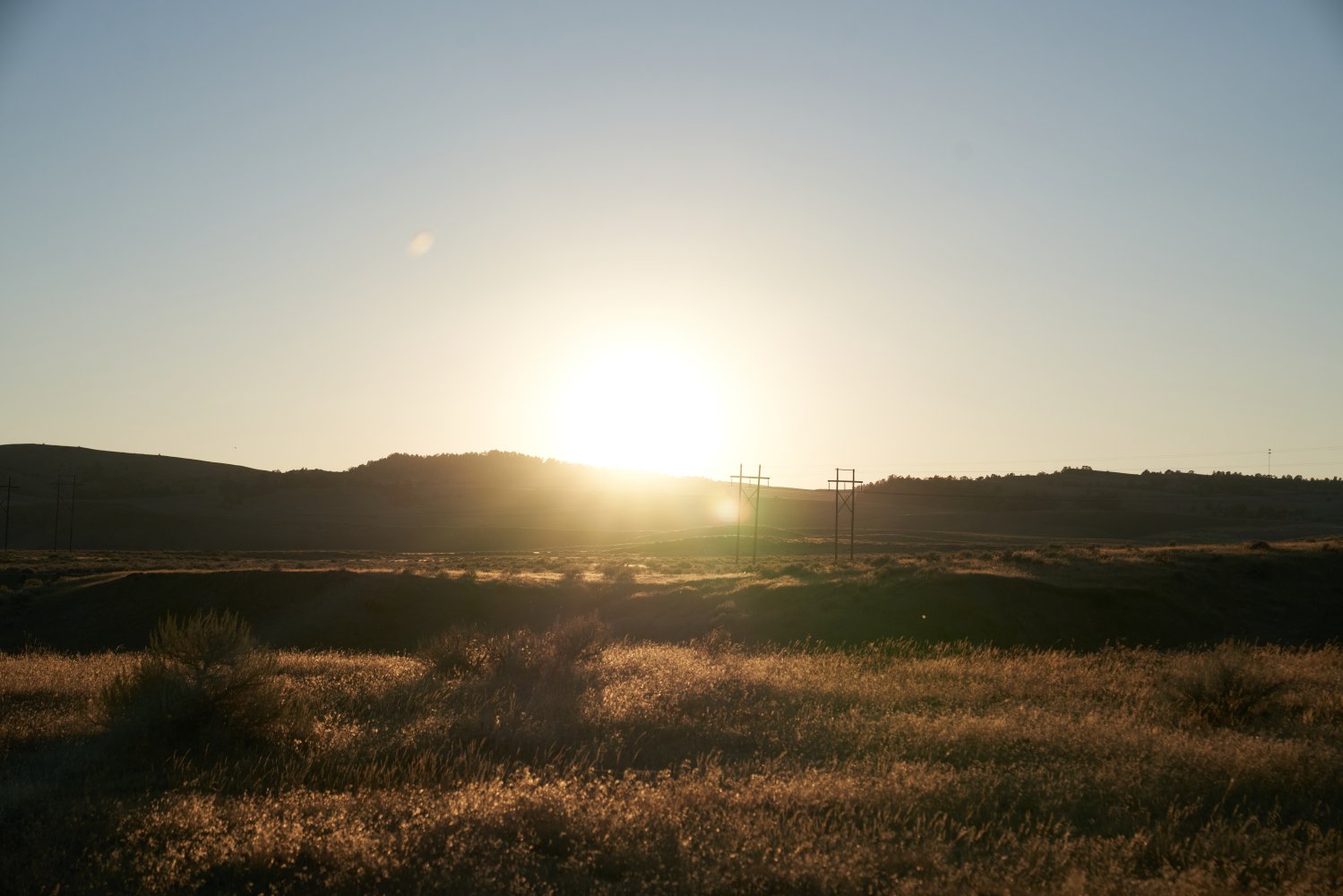
Documenting the Past: How Wyoming’s Historians and Institutions Are Preparing for the 250th
Wondering when America will be 250? Welcome to one unforgettable birthday bash.
In 2026, the United States will mark its 250th anniversary—a milestone known as America 250, or the Semiquincentennial. This national commemoration honors 250 years of America, spotlighting the stories that shaped our identity and wove together a dynamic tapestry of shared history. Across the country, states are preparing to look back—preserving the past while paving the way for the century ahead.

In Wyoming, historians, interactive museums, Indigenous communities, and cultural institutions are rising to the occasion—ensuring that the real stories that built the state, and helped influence the nation, take center stage.
Enter Wyoming’s Semiquincentennial Planning Task Force: A Statewide Vision
To lead Wyoming’s efforts in America 250, Governor Mark Gordon created the Wyoming Semiquincentennial Planning Task Force—a collaborative body of up to 15 representatives from state agencies, educational institutions, tribal nations, and private partners. Together, they’re crafting a coordinated, inclusive vision for the 250th anniversary of America.
One major initiative? The Semiquincentennial Grant Program—now in its second phase. Phase Two invites nonprofits and community groups to apply for funding to support local events, educational efforts, and storytelling projects. Applications for Community and NGO Grants are open through December 31. From small-town parades to Indigenous cultural showcases, Wyoming’s planning champions an all-in, statewide Semiquincentennial.
Newsome shares, “When we started the statewide committee, we looked back at the 1976 Bicentennial. I was 16 at that point, and they had great projects—several communities even created Centennial Parks. So, in our first grant round, we asked communities to revisit what had been done in 1976 and build on it. ‘We did this 50 years ago, and now, here’s what we want it to look like.’”
“I know here in Cody, we reburied Jeremiah Johnson at the Old Trail Town, and that was a big deal—Robert Redford even came.” Newsome notes that “as we look back at what communities did in the past to celebrate,” a lot of those traditions are resurfacing. “We created Independence State Park in 1976 as part of the Bicentennial.” For Newsome, it’s exciting to expand on those legacies and say, “In 50 years, here’s how we’ve grown.”
Uplifting Rare Stories: Wyoming PBS’s Statewide Storytelling Campaign
As America 250 approaches, Wyoming PBS is on a mission: preserve the personal stories that embody the Cowboy State’s trailblazing spirit. Through a statewide storytelling campaign, they’re in the grit, gathering firsthand accounts that might otherwise go unheard—capturing the rich diversity of Wyoming’s heritage.
The initiative began with a test shoot in November 2024 at Central Wyoming College, setting the tone for what will become a compelling, digital archive—a lasting echo of Wyoming voices. These oral histories dive beyond the past you thought you knew, offering Wyoming’s signature pulse on 250 years of America.
Newsome notes the other initiative on a statewide level is a documentary showing what Wyoming was like in 1776, produced in collaboration with PBS and the Humanities Council.. “Our State Capital Events Committee hosts events throughout the year: Statehood Day on July 10, Constitution Day on September 17, and Women’s Suffrage Day on December 10—all that leading up to the big celebration on the 4th of July.”
Time Capsules of Wild West Art: Museums Bring the Past to Life for a New Generation
Interpretive exhibitions. Immersive, hands-on experiences. The Wild West is roaring to life as Wyoming’s museums transform history into something you can feel—stories that speak to a new generation in real time. Just in time for the Semiquincentennial, institutions across the state are reimagining the wonder of the West throughout 2025 and 2026—offering a fresh lens on the past, dusted off and brought to light. Come see history with new eyes.
Wyoming State Museum will host “Inspired by the Land” from January to July 2025 at the Capitol, celebrating 25 years of conserving Wyoming’s working lands—the very landscapes that forged frontier life. Catch a close-up on the roots of cowboy days that still grow strong, sustaining families, wildlife, and Wyoming’s thriving agricultural legacy.

University of Wyoming Art Museum showcases works by Patrick Kikut from April 2025–March 2026, exploring the spirit of bold discovery along the Colorado River—where Western exploration met the mystery of uncharted terrain, sparking the pioneer era.
Fort Caspar Museum features “Casper’s Own Movie Star: LoRayne Day” and “Firearms From the Collection” through February 2026, infusing cinematic legacy with the grit of the American West.
These museums turn static archives into captivating time machines—bringing 250 years of America vividly to life, wide open to inspire the next era.
Grants Lighting the Way: Local Stories and Legacies, Shared with Pride
The Semiquincentennial Grant Program is helping Wyoming communities uplift their vast legacies. In Phase One, counties and tribal nations began planning projects anchored in local pride, with impact that resonates statewide.
Now, Phase Two expands access to nonprofits and individuals, empowering grassroots creators to rise to the occasion of the 250th anniversary of America. From restoring historic buildings to launching storytelling festivals, these efforts bring diverse voices forward—historically rich and uniquely local from every corner of Wyoming.
With Community and NGO Grant applications open through December 31, excitement is building across the state.
These grants help honor an America 250 that digs beneath national heroes—unearthing hometown stories so every Wyomingite can share in the spotlight.

Newsome shares that more legacy projects—like new parks—are already on the horizon. In Cody, murals are reframing history in standout new expressions. From festival plays to concerts, the goal is to spark the kind of connective celebration that encourages communities to “look back at this time” with something that feels lasting and commemorative.
“So many small communities have applied for grants—they want to tell their story of their small community and town, and how important it is to get those stories told.” State parks use grant funding to create educational trunks, which circulate to schools—or can be requested by homeschoolers. These trunks offer tactile glimpses into the Oregon Trail and the lives of mountain men. Funding five more trunks allows Newsome to see history documented in fresh, engaging ways.
“I was talking with a gentleman at State Parks the other day and he said you can’t go 186 miles without a trunk available to you as an educator. So we’re very excited about that. I think that the storytelling that the state museum, the state parks, and our communities do are so important. Every small community has some sort of small or big museum—something that tells that story of their community and their people within.”
In the Mountain Man trunk, expect to see beaver and fox pelts, the very items of clothing that would have been worn by mountain men; the cooking utensils they would have used. In the Oregon Trail Trunk, look for everything from historic shoes to recipes made as settlers journeyed across early America.
Education at Its Most Engaged: Cultural History Comes Alive for All Ages
In preparation for America 250, Wyoming’s educators and cultural organizations are developing dynamic programs that keep history kicking with Western might. Students feel more engaged than ever, connecting with their past through thrilling living history events, interactive signage along trail hikes, at monuments, and across public lands—encouraging place-based learning and stoking fierce curiosity.
Schools are partnering with museums to co-create curriculum and resources that take a deep dive into Wyoming’s pivotal role in the nation’s story. From student-led research and reenactments to “history harvests” where communities gather precious family artifacts, the Semiquincentennial is turning Wyoming into a favorite classroom under the open sky.

These initiatives unveil the rugged journey of 250 years of America, fueling the power of a shared experience across generations.
“That individuality has sustained throughout the years. We’ll be celebrating our 136th year as a state. Wyoming was the first to give women the right to vote, even before statehood. That was contentious as we tried to become a state.” Some opposed statehood, because of it. “I think that speaks a lot to how equality [shaped us] and how we are as a state—that we value women’s voices and always have,” says Newsome.
With $10,000 allotted for each county, Newsome notes two tribes have been included in the grant process. “We have two tribal members on our statewide committee and they bring their different perspectives on what happened along the way to our statehood and what happened prior to us being here. That voice is very valuable. The Buffalo Bill Center of the West here in Cody is doing a story capturing 1776 through now through the eyes of the buffalo”—showing how the animal has changed and how it shaped both people and Indigenous communities over time. “It’s such an interesting perspective as we look at it through the eyes of an animal that has sustained through this whole process and the effect on the people as we’ve gone through this process.”
Newsome shares, “The Indigenous community has embraced this and I think they want to tell their story and maybe especially their story prior to us becoming a nation and Wyoming becoming a state. We welcome that storytelling as we go forward in this process.”
The Future of Our Stories? It Depends on How We Carry the Past Forward
As we look toward 2026, Wyoming’s place in America 250 becomes clear: it’s not enough to just remember—it’s about telling the story with purpose. Through art, archives, public engagement, and education, Wyoming is playing a key part in molding how the next generation sees the last 250 years.
“You’ll find that throughout the Rocky Mountains, we have these different stories through hard times and good times,” shares Newsome, whose grandparents once homesteaded. “I’ve been reading through the correspondence between my grandparents and the hardships they faced to settle on the land and make their way in the world. And that’s not an uncommon story for Wyoming and for all of the mountain states. It’s not an uncommon story for those young people to come out, get free land, and try to make their way.” Braving those difficult times felt “worthwhile: it’s the story of the Western experience, the trials and tribulations of creating a new nation.”

“That origin story isn’t just ours,” she continues, “but generation after generation coming to places that aren’t always friendly and require sacrifice. It takes a lot of grit to live in Wyoming today, with our changes in weather and political climate. I think we’re just a gritty bunch who’ve decided to” take on every new challenge.
For Newsome, it’s also about the natural beauty of the land. She hopes the public will see how invaluable the wildlife and landscapes are to the identity of the Wild West, and how Wyoming has evolved as a state. From Yellowstone and Grand Teton Parks to Devils Tower, “I’m grateful for the people who set these places aside. Somebody recognized that these were really important to preserve in our culture.”
And for those still wondering, When will America be 250? The answer is July 4, 2026—with a jam-packed road to celebration that runs straight through Wyoming.
Experience 250 years of American-made legacy in the heart of the Wild West. Visit legendary sites where history rides on, lands flash back in time, and the future of authentic storytelling begins. Explore Wyoming’s role in America 250—get ready for the next chapter.
